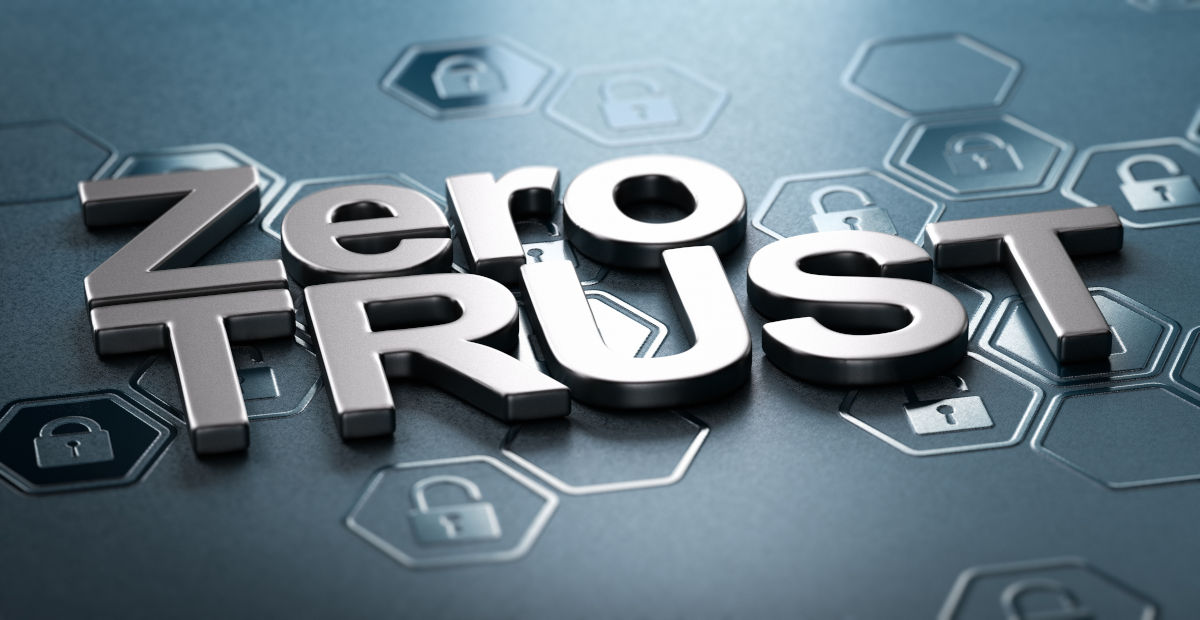Data Protection
The Zero Trust Security Model: What CISOs Should Know

While the idea of zero trust architecture has been present in our lives for over 10 years, the recent changes in how and where people work has increased the importance of the zero trust model.
With remote work, bring-your-own-device (BYOD) policies, and employers giving employees more flexibility, the modern workforce is always on the go. However, this can also bring new cyber security risks that organizations must pay attention to. The zero trust security model was meant for this moment, to support remote and hybrid work environments and minimize cyber security risk.
CISOs understand that intellectual property, customer data, and other valuable information should be protected, while avoiding business system downtime and protecting key applications. Traditional security approaches have evolved, making the zero trust model a must-have for all organizations, regardless of size and scope.
Updating an Outdated Approach
The traditional cyber security approach assumes any device, user, or infrastructure that falls under the corporate network umbrella is safe and trustworthy. This is no longer the case. Applications have come out from behind the firewall, and end users can access data and information from a personal device through their own home network.
A conventional security approach could be thought of as a perimeter-based model. The IT team created a security perimeter that surrounded the network, important assets were protected, and hackers had a difficult time accessing the network, applications, or data. This approach unfortunately presents some issues.
It requires trust that the security perimeter is actually secure, including the end users. It also assumed a centralized on-premises network that wasn’t focused on a digital workspace or Cloud-based architecture that may include SaaS applications and programs.
The zero trust security method makes no exceptions, summarized as, “never trust, always verify.” Any user or IT resource must be properly verified prior to authentication to prevent unauthorized users or malicious actors from reaching the environment.
Implementing the Zero Trust Architecture
While the idea of zero trust has been around for quite some time, it took a pandemic for many to understand the benefits. With a shift to Cloud computing and remote work, it has become clear that a zero trust architecture should be in place. Adoption can protect against top security issues – such as phishing attacks, malware, and data theft – by protecting users, their devices, and the applications they have access to.
With zero trust in place, a few important principles should be adhered to:
- All networks should be treated as untrusted. If the networks are untrusted, then the users should be, as well.
- End users should only have enough access to do their job, and access should be removed when it’s no longer required for the user.
- A verification method such as multi-factor authentication can ensure users are who they say they are.
- On the device front, access should only be granted to trusted devices, be it a personal or work laptop, desktop, mobile phone, or tablet. Devices must be checked at every access point, to ensure no risk is involved to the network.
- As for applications, with the rise of the Cloud, and the need to support in-house on physical infrastructure, access policies must be in place across the organization. These policies should consider the identity of the user, the location, and the device in use, so that access is only granted to those who need it.
With environments now mixing on-premise with multi-Cloud infrastructures and SaaS applications, it can leave entry points open for attackers to move easily within a network. Users are more susceptible than ever to phishing attacks and malware, something organizations must be aware of. Implementing a zero trust security model is a way forward in this new era of work. Contact Thrive to see how zero trust solutions provide flexibility and enhance the organizational cyber security posture.
